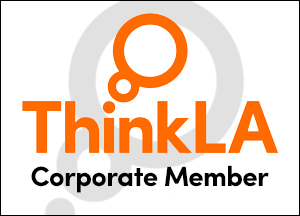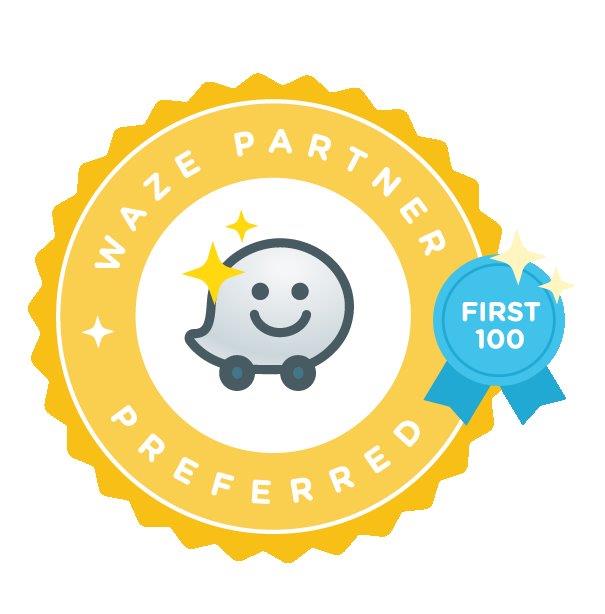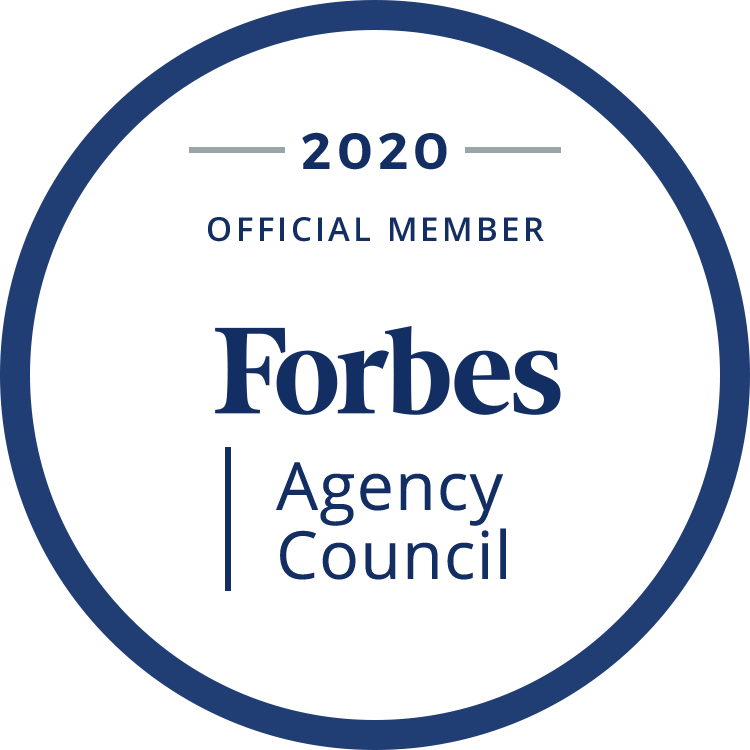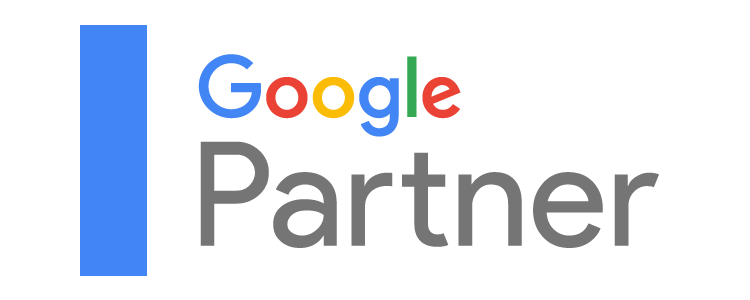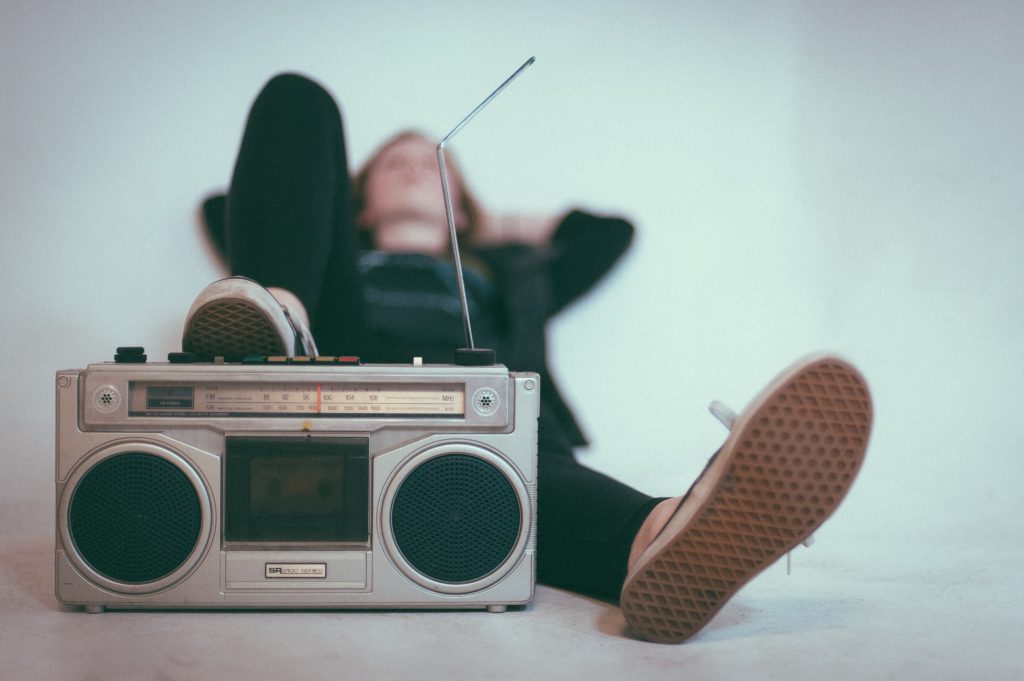
Nowadays, it’s not uncommon for a company to focus on digital marketing exclusively. Popular platforms like Google, Facebook, and Amazon have constructed an advertising ecosystem that allows marketers to target specific, highly valuable audiences relatively inexpensively. To these marketers, investing in traditional marketing might seem like a waste.
Traditional marketing, or any type of marketing that isn’t online such as print, broadcast, billboards, and radio, can be expensive. Plus, you can’t target your audience as effectively as you can with digital marketing. While some of this is certainly true, there are still many ways that traditional marketing can contribute to a company’s long-term success.
Business owners looking to maximize conversions naturally gravitate to the channels that give them the most control and visibility. However, traditional marketing channels can enable even digital-first businesses to raise their profile, improve the performance of their marketing campaigns, and attract new customers. These benefits can actually expand a marketer’s understanding of their target audience and boost performance across all channels.
How Can Radio Advertising Help?
There’s no shortage of companies competing online for attention. Thanks to new products from online marketing platforms and the innovation of marketers, the online advertising space is always changing. For many digital-first companies, it can be hard to keep up, especially as larger, more established companies continue to increase their investment in online advertising.
Radio advertising can provide a digital company with a unique opportunity to introduce themselves to new customers. In a study conducted by iHeartMedia, the majority of web traffic that’s attributed to radio are new customers who have never visited the brand’s site before. By raising awareness of the brand and its products or services, radio advertising can also increase the size of existing audiences. In some cases, it can even create entirely new audiences that might not have been captured by digital marketing analytics.
Among other types of traditional marketing, radio advertising has actually proven to be one of the most cost-effective. Plus, the results are almost immediate – the same study saw that within 10 minutes of a commercial airing, websites saw an average 17% lift in traffic.
How to Use Radio Advertising to Your Advantage
Radio advertising, by design, targets huge numbers of people. There are more than 200 million listeners each month in America. Although there is no ability to micro-target customers, radio advertising can still be tailored to desired audiences, albeit more broadly. The first way that radio can be tailored to a specific audience is by location. You can maximize your radio ad’s relevance by limiting it to geographic areas where your target audience lives (and drives).
The other way this is accomplished is through the creative. There are many ways to tailor your creative to your desired audience, even on a mass scale. Radio ads also tend to be more personable than digital ones. Almost everyone can think of a catchy radio ad for a local car dealership, sporting goods store, or mattress store that has stuck in their heads for years, even decades. The same cannot be said for most digital marketing ads (outside of video). If done well, radio ads can establish a brand in the minds of potential customers. Ultimately, this can lead to higher click-thru and conversion rates.
When it comes to radio advertising, many brands wonder what the sweet spot is. Per the iHeartMedia study referenced above, 10 radio spots a day is the inflection point and auto brands who advertised seven days a week saw 90% better results than those who advertised three to four days per week. Although we caution brands against taking a “one size fits all approach” to advertising, less is not more in the world of radio advertising.
Radio Advertising and Digital Marketing: How to Measure Success
Without the ability to drill down to specific audiences the same way you can with digital marketing, some marketers wonder how a digital-first company can measure success in radio advertising. Though they may see an overall lift in conversions, the doubt may remain that radio ads are the best investment given a limited budget. After all, there’s almost no limit to what you can spend online, so why invest significantly in an ad format that doesn’t provide the typical analytics data that guides your decision making? The answer to this is called media mix modeling, or MMM.
Media mix modeling is an analysis technique that allows marketers to measure their marketing and advertising efforts to determine how all of the various elements contribute to their goals. In other words, by looking at all available data, a media mix model can determine how all efforts work together to achieve an end result. This can be extremely helpful in determining how to allocate spend based on overall performance.
Additionally, there are options available for collecting radio attribution data that does fit cohesively with digital channels. The ability to collect data on offline customer behavior is developing rapidly, and companies that develop processes for creating omnichannel campaigns can expect to outpace their competition. When used in tandem with omnichannel attribution modeling, MMM can identify the specific benefits of investment in radio advertising.
Let Us Handle Your Media Mix
The marketing landscape is a dynamic one, and it’s always changing. Whether you opt for traditional advertising, digital marketing, or a mix of the two, the media-obsessed experts at Bloom Ads are happy to help you find the perfect media mix for your brand and budget.
Learn more about our services by contacting us today.






